>
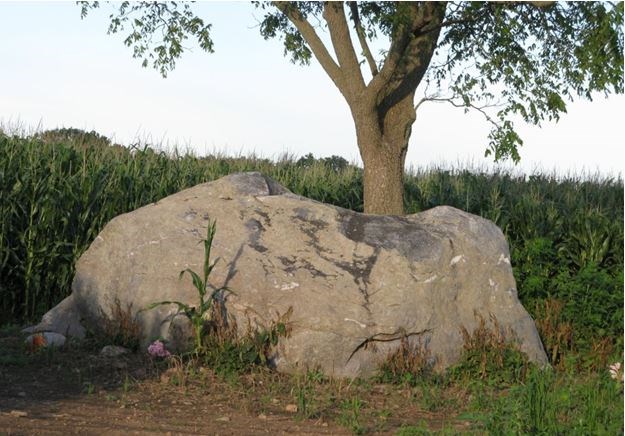
What is an erratic?
Located on N 600 E, at the old Rock Schoolhouse, lies a huge boulder that is described as an "erratic rock," or wandering rock, or sometimes referred to as a lost rock.
In geological terms, an "erratic rock" is described as a portion of "till," which commonly contains rock fragments called erratics. These fragments have been carried far from their source by the great glaciers, the most recent, the Wisconsin, and deposited on rock of different compositions.
Early geologists were puzzled as to just exactly where the boulders came from. They certainly did not fit into the scheme of the current landscape.
What type of rock is this?
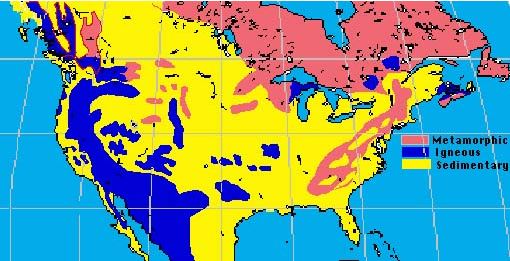
As the central part of the United States had no such source, then the granite mountains that run from the northern part of New York through Canada, and to the northern shore of Lake Huron, must have been their origin. These huge boulders were therefore transported for hundreds of miles by the great glaciers. In states such as Ohio, Indiana and Illinois, the thickness of till averages about 100 feet. During the great glacial meltings, the landscape was scattered with meltwater streams, which spread the rock waste to make an almost perfectly level surface. Many rock fragments were composed of such a huge mass that they, rather than being buried, were exposed, such as at Rock Schoolhouse.
The boulder is composed of gneiss [a coarse-grained granitelike rock formed of layers of feldspar, quartz, mica. etc.] in which rose-colored feldspar is a large element, a composition shared by most of the largest erratics in the region. It weathers very rapidly and must have had considerably greater dimensions at an earlier day. Examination shows it to be sloping outwards under ground in all directions. It is fair to conclude that at least one-half of it lies buried.
Rock types in Indiana
Indiana only has sedimentary rocks. Sedimentary rocks, the third general rock type, are the "bones" of Indiana. Sedimentary rocks are made from sediments, which are small fragments of rocks torn from preexisting hard rocks and transported into seas ancient and modern. Sedimentary rocks also grow where minerals form from water through chemical precipitation. Sedimentary rocks may also be composed of the skeletons of preexisting organisms (fossils). Such rocks are common in Indiana and make major mineable economic deposits. Limestone, gypsum, and dolomite are sedimentary rocks that are important to Indiana's economy. Sandstone, shale, and clays also occur here.
Sandstone - source was weathering of granite or other igneous rock, transport was by high-energy water or wind, probably represents ancient dune, river sand bar, or beach

Siltstone – source was weathering of igneous rock, transport was by mediumenergy water or wind, probably represents ancient river floodplain, swamp, or delta
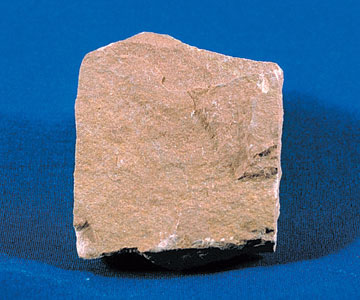
Shale – source was weathering of igneous rock, transport was by low-energy water or wind, probably represents marine water below the wave base, farther from river mouth
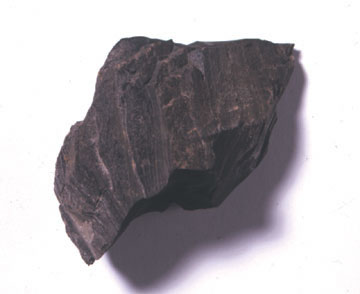
Limestone – source was precipitation by organisms, no transport, probably represents shallow, tropical ocean floor
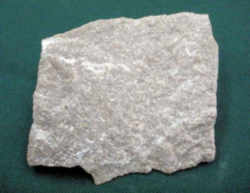
Dolomite – source was precipitation by organisms and alteration by very warm temperatures, probably represents shallow ocean floor in very warm, evaporating climate (or represents metamorphosis of ordinary limestone)
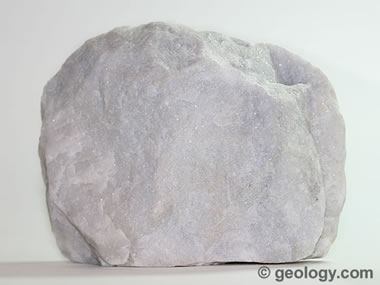
How it got here
The gneiss boulder got here by one of two manners. It could have been on top of or inside the glacier and was transported here without damage the boulder. Or it could have been on the ground in front of the glacier and pushed to its current location before the glacier retreated back to the north. If it was pushed, you would be able to see marks on the boulders showing the scraping and wearing on the rock where it unwilling move from its original home
Logging requirements
1. How tall is this boulder? Width? Depth?
2. By observing the rock, does it seem to have been pushed to its current location, or carried inside/top of glacier?
3. How does the appearance of the rock compare to normal Indiana stones?
4. Do you see any signs of erosion on the gneiss boulder?
5. Post a picture of yourself (face not required) or a personal item at the gneiss boulder.